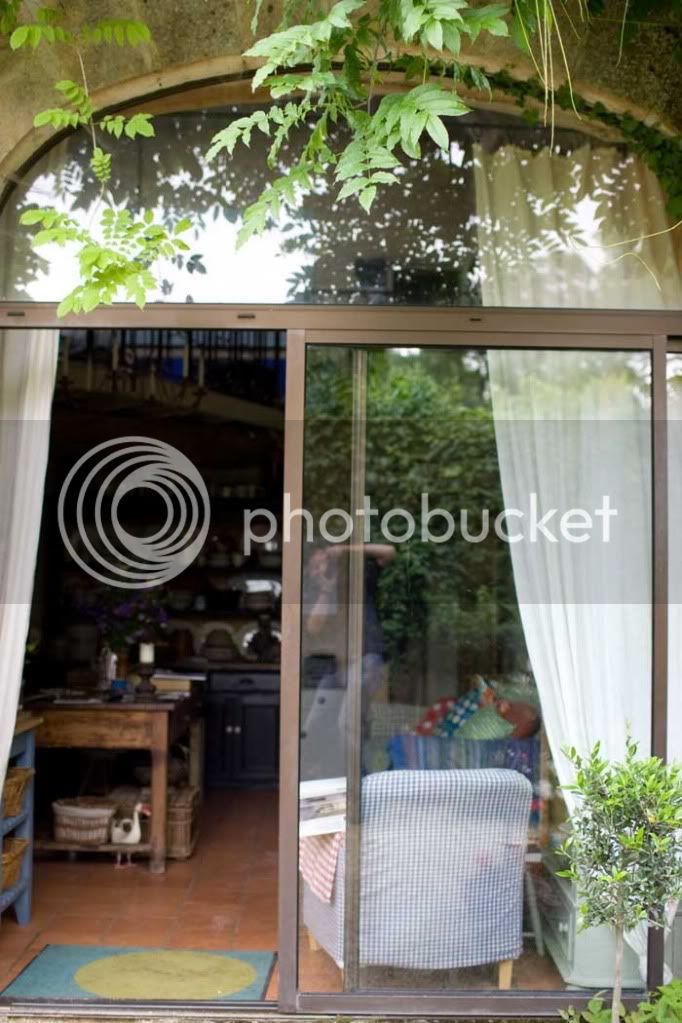Russ
Established Member
I need to take out an old sliding garden door and make a double door with frame/fanlight. Just scratching my head on the best way to make the arched top (250 x 60 cm) I plan on marking the profile onto some old ply but need some insight on how to make the arch
The door will be painted and I plan on using iroko, or should I consider an alternative. Sorry, but exterior work is something that I have no experience
with and the customer knows this but still insists that I go ahead and make it.
Cheers
Russ


The door will be painted and I plan on using iroko, or should I consider an alternative. Sorry, but exterior work is something that I have no experience
with and the customer knows this but still insists that I go ahead and make it.
Cheers
Russ




































